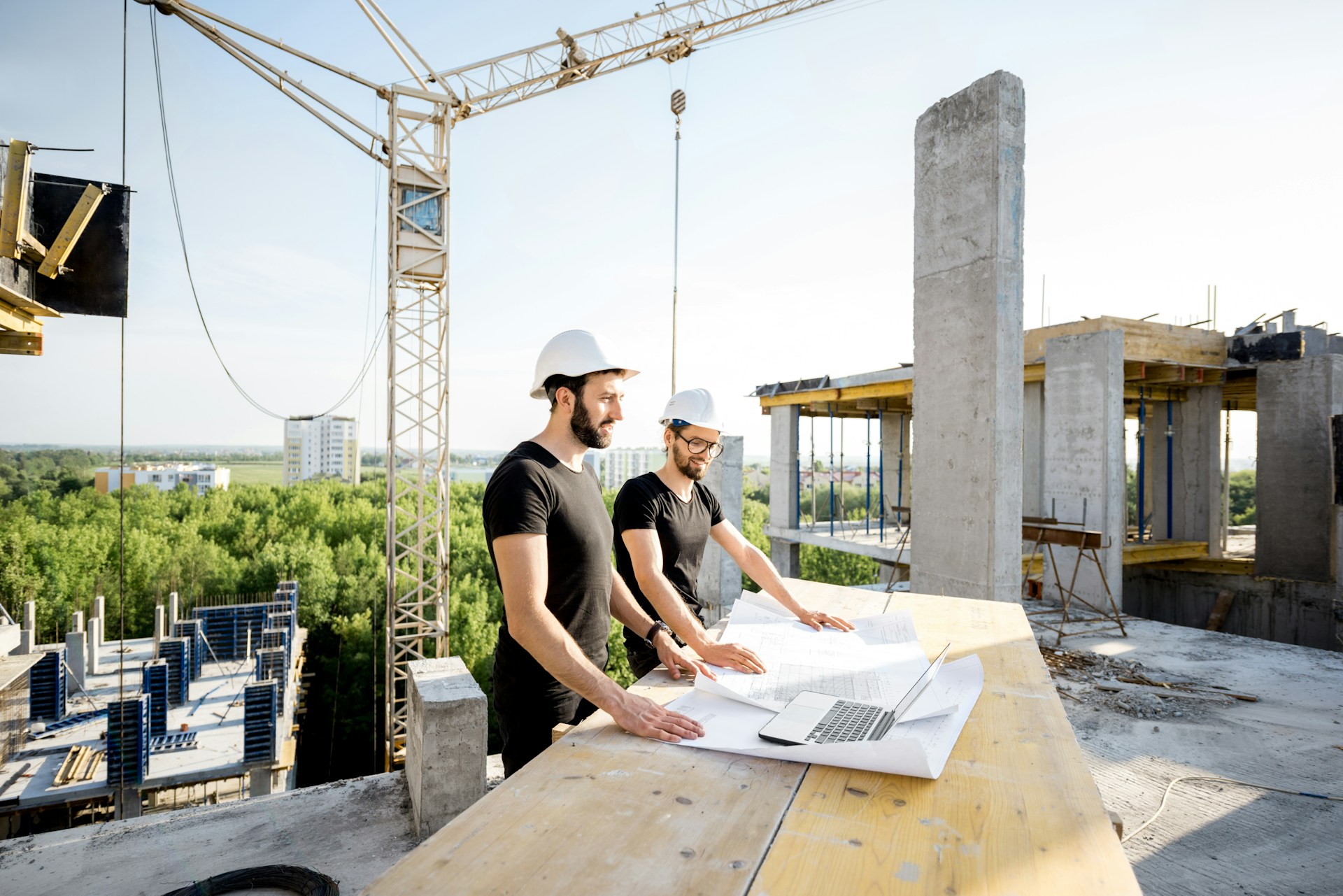
As the world prioritizes environmental responsibility, the construction field is rapidly evolving. Sustainable construction practices have become crucial in mitigating climate change, preserving resources, and building a more resilient future. The accomplishments in sustainable construction reflect a collective effort to meet today’s needs and protect the planet for future generations. From energy-efficient buildings to the innovative use of renewable materials, the industry is transforming how we think about the built environment.
The Rise of Green Building Practices
Sustainable construction practices, often called “green building,” focus on creating structures that have minimal environmental impact. The movement gained momentum as awareness of climate change and the depletion of natural resources grew. Today, green building certifications, like LEED (Leadership in Energy and Environmental Design), are widely recognized as the gold standard in sustainable construction. Achieving such certifications requires careful attention to energy efficiency, water conservation, and waste reduction, which are core principles in building the future.
Renewable Materials: The Key to Sustainable Structures
One of the most significant achievements in sustainable construction is the development and widespread use of renewable materials. Materials like bamboo, recycled steel, and reclaimed wood have a smaller environmental footprint than traditional construction materials like concrete and brick. Bamboo, for example, is known for its fast growth rate, making it a renewable resource that can be harvested without depleting the ecosystem. Additionally, materials like recycled steel reduce the demand for mining raw materials, significantly lowering carbon emissions.
The shift toward using renewable materials is not just about reducing environmental impact. It’s also about improving the quality of life for those who inhabit these structures. Buildings made from natural and non-toxic materials create healthier living spaces by reducing the presence of harmful chemicals and promoting better indoor air quality. These advancements in sustainable construction materials are transforming how architects and builders approach design.
Energy-Efficient Buildings: A New Standard
Energy efficiency has become a cornerstone of sustainable construction. Modern buildings are designed to use less energy through innovative design features, such as improved insulation, intelligent lighting systems, and energy-efficient windows. Additionally, integrating renewable energy sources like solar panels and wind turbines has become more common in new builds.
For example, passive house design principles aim to create homes that maintain comfortable temperatures year-round without relying on traditional heating and cooling systems. These homes are built to be airtight, highly insulated, and energy-efficient, resulting in lower energy consumption and reduced carbon emissions. As these designs become more popular, they are setting a new standard for what is possible in energy-efficient, sustainable construction.
Water Conservation and Smart Technology
Water conservation is another key component of sustainable construction. The construction industry has made significant strides in incorporating water-saving technologies into new buildings. These advancements, from low-flow plumbing fixtures to rainwater harvesting systems, help reduce water usage and contribute to a more sustainable future.
Innovative building technologies are also making an impact in this area. Automated systems monitoring and adjusting water use based on real-time data are becoming commonplace in residential and commercial buildings. These systems ensure water is used efficiently, minimizing waste and helping occupants save on utility bills. By integrating innovative technologies into sustainable construction, we can reduce water consumption while maintaining the comfort and functionality of modern buildings.
Eco-Friendly Construction: A Global Movement
Sustainable construction is not just a trend but a global movement. Across the world, countries are adopting policies and initiatives that encourage green building practices. In Europe, for instance, the European Union has set ambitious goals for reducing carbon emissions and promoting sustainability in construction. In the United States, cities like Portland and New York have implemented building codes that require new construction projects to meet specific sustainability standards.
Technology, policy, and design innovations support this global commitment to sustainability. It is also driven by a growing demand from consumers who want to live and work in environmentally responsible buildings. As more people recognize the importance of sustainability, the construction industry is responding with groundbreaking solutions that are making a tangible difference in how we build for the future.
The Future of Sustainable Construction
Looking ahead, the future of sustainable construction is bright. With continuous technological advancements and a strong global commitment to sustainability, we can expect even more efficient, eco-friendly buildings in the years to come. In particular, there is growing interest in developing carbon-neutral buildings which produce as much energy as they consume. This goal aligns with broader efforts to reduce global carbon emissions and combat climate change.
Another exciting prospect for the future of sustainable construction is the concept of “urban mining.” This involves repurposing and reusing materials from existing buildings and infrastructure rather than demolishing and sending them to landfills. Urban mining can help reduce the need for new materials, save energy, and reduce waste, which are critical for achieving sustainability goals.
As the world continues to grapple with the effects of climate change, sustainable construction will play an increasingly important role in addressing environmental challenges. The achievements we’ve seen in the field are just the beginning. With continued innovation, commitment, and collaboration, the construction industry is poised to build a more sustainable future.
Conclusion: Shaping a Sustainable Future
Sustainable construction is more than just a trend—it’s a movement that is transforming the way we build, live, and work. By using renewable materials, energy-efficient technologies, and water conservation practices, the industry is making significant strides toward reducing its environmental impact. As the demand for green buildings continues to grow, the construction industry will continue to evolve, setting new standards for sustainability.
Building the future requires a commitment to innovation, and the accomplishments in sustainable construction prove that we are on the right path. As we look ahead, it’s clear that the future of construction will be defined by a focus on environmental responsibility and a shared commitment to creating a healthier, more sustainable planet for future generations.